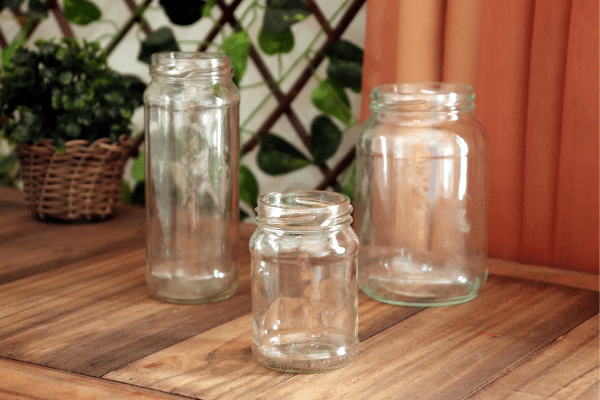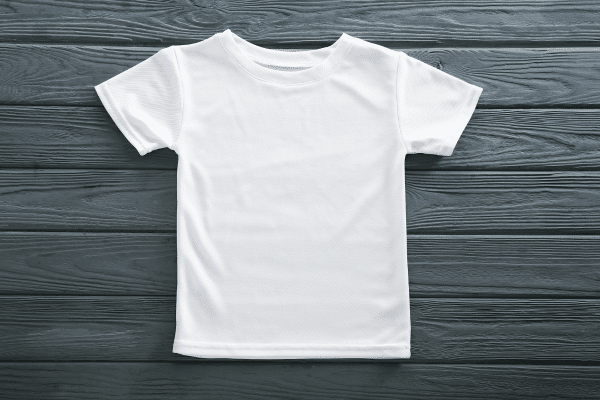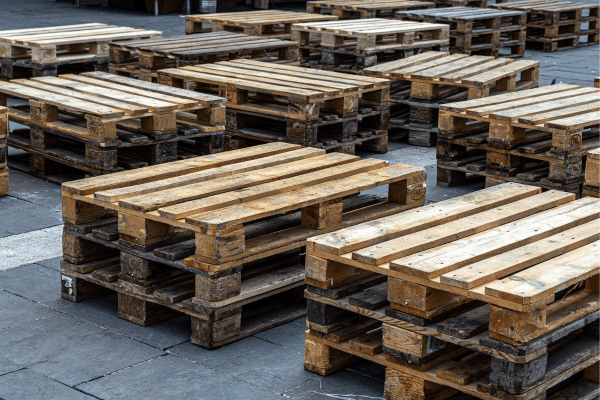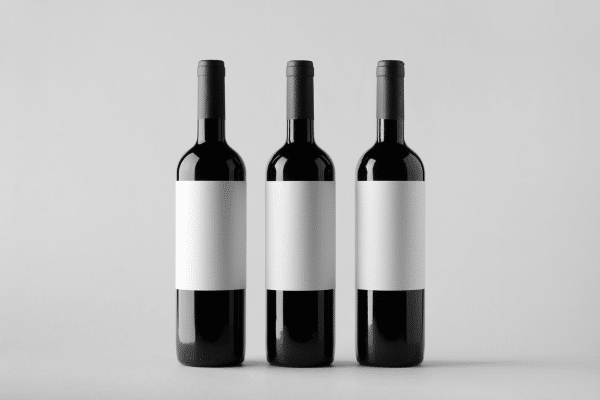In today’s rapidly changing world, the importance of sustainability has never been more evident. With landfills overflowing and the planet’s resources depleting at an alarming rate, finding innovative ways to repurpose items is crucial. This practice not only minimizes environmental impact but also fosters creativity and innovation. This guide explores a range of common items that can be given a new lease on life through repurposing, demonstrating that almost anything can be transformed with a bit of imagination.
Contents
Glass Jars

Glass jars, once destined for the recycling bin, hold immense potential for a second life beyond their original purpose. These versatile containers can be transformed into an array of decorative and functional items. From elegant candle holders that add a cozy ambiance to any room to chic planters that bring a touch of greenery indoors, the possibilities are endless. Additionally, glass jars serve as perfect storage solutions, keeping pantry items, spices, and small office supplies organized and within reach, all while contributing to a clutter-free and aesthetically pleasing environment.
Beyond their practical uses, glass jars play a significant role in environmental conservation. By repurposing these items, individuals actively participate in reducing waste and conserving resources. This act of giving glass jars a new purpose extends their lifecycle, decreasing the demand for new materials and the energy required for production. It also highlights a simple yet effective way to contribute to sustainability efforts, showcasing how small actions can lead to significant environmental benefits. Encouraging the repurposing of glass jars not only fosters creativity but also instills a deeper sense of responsibility towards the planet.
Old T-Shirts

The humble t-shirt, often relegated to the back of the drawer or sent to landfill when its days as a wardrobe staple are over, can find a new purpose through repurposing. These garments can be transformed into a variety of useful items, breathing new life into fabric that might otherwise go to waste. Old t-shirts can be crafted into reusable shopping bags, offering a sturdy and eco-friendly alternative to plastic bags. They can also be cut into rags for household cleaning, providing a sustainable option for tidying up around the home.
Moreover, repurposing old t-shirts serves as a testament to the power of sustainable fashion. In an era where fast fashion dominates and contributes significantly to textile waste, finding new uses for old clothing is a step towards a more eco-conscious lifestyle. By converting t-shirts into quilts or pillowcases, not only is a unique personal touch added to home decor, but it also highlights the sentimental value these garments can hold. This approach to repurposing not only benefits the environment by reducing waste but also encourages a more thoughtful and sustainable approach to consumption and waste management.
Wooden Pallets

Wooden pallets, often overlooked and discarded, possess untapped potential for DIY enthusiasts and eco-conscious individuals alike. These sturdy structures can be repurposed into a myriad of items, from rustic outdoor furniture that adds character to any garden to unique wall art that brings a sense of warmth and originality to interior spaces. The process of transforming wooden pallets into decorative and functional pieces not only saves them from the landfill but also allows for personal creativity to flourish, making each project distinct and meaningful.
Moreover, the act of repurposing wooden pallets into items like garden planters or coffee tables is a testament to the versatility and durability of this material. It encourages a sustainable approach to home decor and design, reducing the need for new resources and minimizing the carbon footprint associated with manufacturing and transporting new furniture. This practice not only benefits the environment by giving a second life to what would otherwise be waste but also provides an affordable solution for stylish home furnishings, proving that sustainability and aesthetic appeal can go hand in hand.
Wine Bottles

Wine bottles, with their elegant shapes and colors, offer more than just a container for beverages; they are a source of inspiration for upcycling projects. These glass vessels can be transformed into sophisticated vases, enhancing the beauty of fresh flowers or serving as the centerpiece for a dining table. Alternatively, with a bit of creativity, wine bottles can be repurposed into outdoor lanterns or stylish lamps, providing ambient lighting and adding a touch of class to any setting. This innovative reuse not only extends the life of the bottles but also contributes to a reduction in glass waste.
The versatility of wine bottles extends beyond decor; they can be cleverly used to create a unique garden border or even as a water irrigation system for plants. This creative repurposing underscores the importance of looking at everyday objects with a fresh perspective, recognizing their potential beyond their initial use. By incorporating wine bottles into home and garden projects, individuals can contribute to environmental conservation efforts while enhancing their living spaces. This approach to repurposing not only showcases the aesthetic potential of recycled materials but also promotes a culture of sustainability and resourcefulness.
Books

Books, cherished for their content, can also find new life through repurposing, addressing the dilemma of what to do with old or damaged volumes that are no longer readable. Transforming these books into unique furniture pieces, such as a coffee table or a floating shelf, not only preserves their physical form but also adds a literary touch to home decor. Additionally, crafting secret storage boxes out of books offers a clever way to hide valuables in plain sight, blending functionality with the aesthetic appeal of vintage or colorful book covers.
The creative repurposing of books into art installations or picture frames further celebrates the physical beauty of books, beyond the words they contain. This innovative approach not only ensures that the books continue to be appreciated but also sparks conversations about the importance of recycling and the endless possibilities of upcycling. It serves as a reminder of the sentimental value that books hold and the stories they tell, even when they are no longer being read in the traditional sense. Through repurposing, books are given a second chapter, contributing to the reduction of waste and promoting a deeper appreciation for the material objects that carry our stories.
CDs And DVDs

CDs and DVDs, once staples of entertainment collections, now often find themselves obsolete in the age of digital media. However, these discs offer a unique opportunity for creative repurposing, turning them into eye-catching art pieces or functional home decor items. By cutting and assembling CDs into mosaic patterns, one can create stunning reflective art that adds a modern touch to any room. Alternatively, these discs can serve as the base for coasters, offering a durable and unique option for protecting surfaces.
Beyond decor, CDs and DVDs can be utilized in the garden as bird deterrents, their reflective surfaces scaring away pests while adding a decorative element. This repurposing not only gives a new purpose to items that might otherwise end up in landfills but also encourages the exploration of unconventional materials in gardening and home decoration. The innovative use of CDs and DVDs highlights the potential for recycling in creative projects, promoting a mindset of sustainability and resourcefulness in addressing the challenges of waste management.
Cardboard Boxes

Cardboard boxes, a common byproduct of online shopping, offer a plethora of repurposing opportunities that go beyond simple recycling. These boxes can be transformed into customized storage solutions, allowing for an organized and tailored approach to keeping items neatly tucked away. Whether for shoes, toys, or craft supplies, decorated cardboard boxes can provide an eco-friendly and cost-effective alternative to purchasing new storage containers. Furthermore, these boxes can be repurposed into imaginative playhouses for children, encouraging creativity and play without the need for expensive toys.
In the garden, cardboard serves as an excellent material for composting or as a weed barrier, contributing to a healthy and vibrant garden without the use of chemicals. This dual purpose of cardboard boxes not only exemplifies the versatility of repurposing but also promotes a sustainable lifestyle. By finding new uses for cardboard, individuals can reduce their environmental footprint, demonstrating that sustainable practices can be integrated into various aspects of daily life. This approach to repurposing encourages a reconsideration of what is deemed waste, highlighting the potential for innovation and sustainability in everyday materials.
The Bottom Line
The journey of repurposing items is a testament to the power of creativity and sustainability. By looking at everyday objects through a lens of potential and possibility, individuals can contribute to a more sustainable world while adding unique and personal touches to their living spaces. This practice not only reduces the amount of waste sent to landfills but also challenges the conventional approach to consumption and disposal. It encourages a deeper reflection on the impact of individual actions on the planet and fosters a culture of resourcefulness and responsibility. Ultimately, repurposing is more than just a means to an end; it is a lifestyle choice that embraces the principles of sustainability, innovation, and mindful living.


